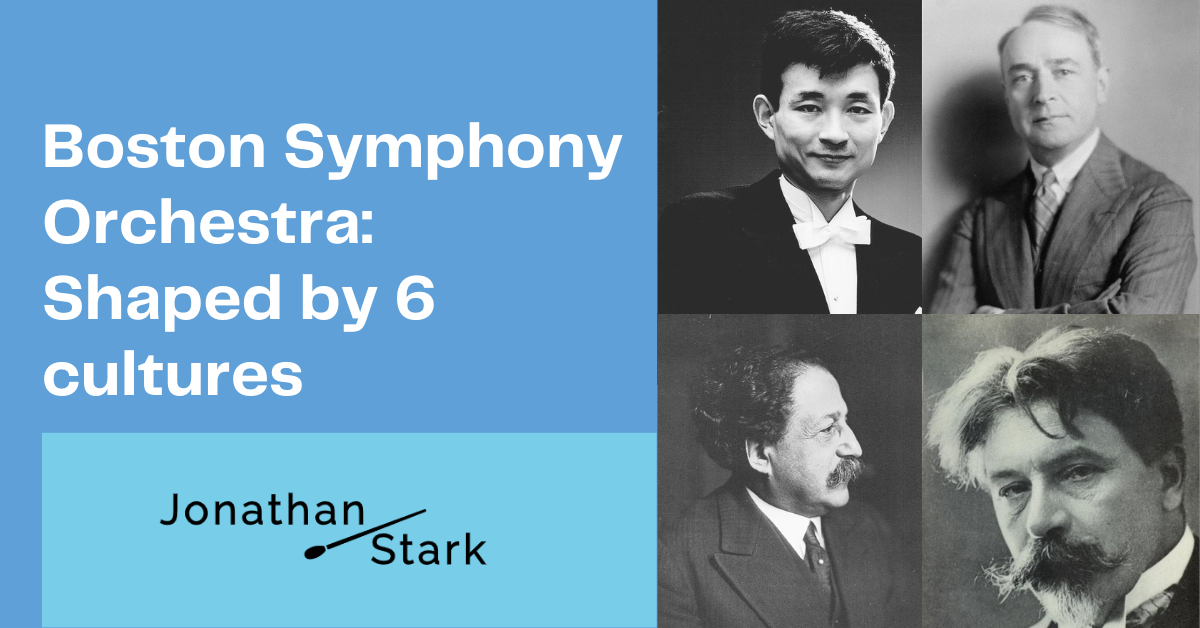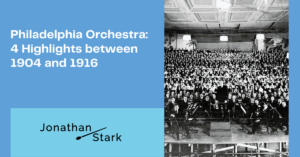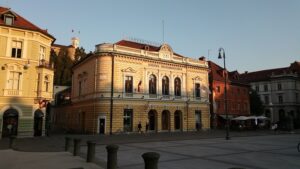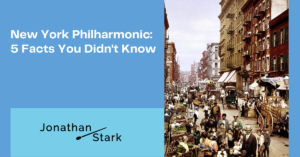The Boston Symphony Orchestra is a cultural melting pot. In the orchestra’s long history, various cultural influences have been reflected in the orchestra’s sound. This is one of the reasons why the Boston Symphony Orchestra is considered one of the best orchestras in the world today.
What you will read in this article:
Boston Symphony Orchestra: how 6 music directors shaped the sound
Few orchestras combine as many different cultures as the Boston Symphony Orchestra. Every music director who came to Boston brought a piece of his homeland with him, thereby shaping the orchestra’s sound.
In the beginning was Europe...
In the beginning, the Boston Symphony Orchestra was influenced by the German-Austrian sound tradition when Arthur Nikisch served as music director from 1889 to 1893. Nikisch was known for his interpretations of the works of Anton Bruckner and Pyotr Tchaikovsky. He had even premiered Bruckner’s 7th Symphony in Leipzig in 1884.
The Boston Symphony Orchestra received its second formative influence from France, as Pierre Monteux was music director from 1919 to 1924. Pierre Monteux became famous after World War I for conducting with stoic calm the world premiere of Igor Stravinsky’s Le sacre du printemps, which caused tumultuous riots in the audience.
From Pierre Monteux’s expertise in Russian music, it is not far to the third cultural influence from which the Boston Symphony Orchestra has been privileged to benefit: When Serge Koussevitzky became music director in 1924, the Russian period in Boston began.
Koussevitzky promoted the dissemination of Russian music by publishing the works of Stravinsky, Rachmaninoff, Prokofiev, Medtner, and Scriabin. He also commissioned Béla Bartók to compose the famous Concerto for Orchestra, which was then premiered by Koussevitzky and the Boston Symphony Orchestra at Boston Symphony Hall on December 1, 1944.
Discover here the music directors who have had a significant impact on the Boston Symphony Orchestra!
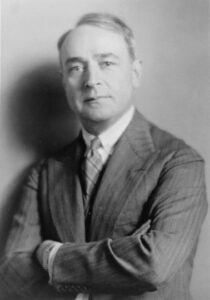
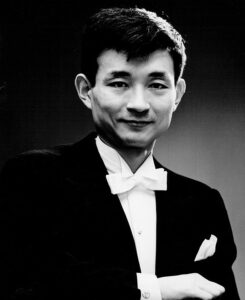
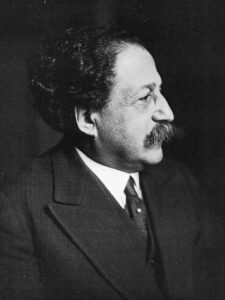
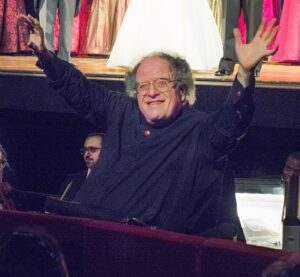
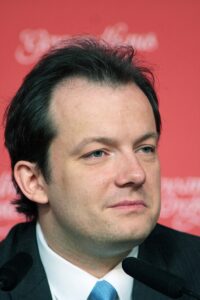
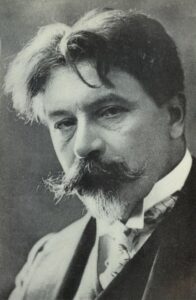
...later was the world!
In 1973, Japanese conductor Seiji Ozawa became music director of the Boston Symphony Orchestra. He left his mark on the orchestra for nearly 30 years, touring extensively with the Boston Symphony Orchestra – to Europe, China, Japan and South America.
It wasn’t until 2004 – more than 120 years after its founding! – that the Boston Symphony Orchestra received its first American music director. James Levine, who was also the longtime artistic director of the Metropolitan Opera in New York, served in Boston until 2011. Under Levine, the orchestra began a flurry of world premiere activity, as many contemporary works were heard for the first time in Boston. Among them, for example, are pieces by composers Charles Wuorinen and Gunther Schuller.
Latvian conductor Andris Nelsons has been the Boston Symphony Orchestra’s music director since 2014. The shooting star of the classical music scene, who took up his post in Boston at the age of just 36, is leading the orchestra into the digital age. Under Nelsons, many new concert formats have been developed that appeal not only to the “regular” audience.
Boston Symphony Orchestra: This is where you come to stay
The Boston Symphony Orchestra is often described as a destination orchestra. A destination orchestra is an orchestra that orchestral musicians consider to be the final point of their professional career. That is, most musicians who begin their position with the Boston Symphony Orchestra do not move on to any other orchestra after that.
Of course, this is what most orchestras strive for, because the loyalty of orchestra musicians shows that work in the orchestra is good and enjoyable. Imagine: The Boston Symphony Orchestra has had only three concertmasters in 90 years!
With so much tradition, loyalty and perseverance, it is hardly surprising that the Boston Symphony Orchestra is one of the finest orchestras in the world. As befits an orchestra of this class, they play in Boston Symphony Hall, considered one of the world’s finest concert halls. Not many orchestras have access to such a good concert hall, not even other world-class orchestras like the Chicago Symphony Orchestra.
If you would like to see for yourself what the Boston Symphony Orchestra sounds like in Boston Symphony Hall, watch the video below. It features current music director Andris Nelsons conducting. I hope you enjoy it!

Jonathan Stark – Conductor
Hello! I'm Jonathan Stark. As a conductor, it is important to me that visits to concerts and operas leave a lasting impression on the audience. Background knowledge helps to achieve this. That's why I blog here about key works of classical music, about composers, about opera and much more that happens in the exciting world of music.

